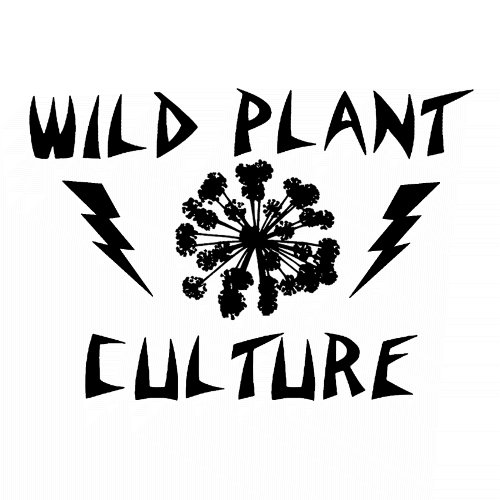A No-Tech Pond for Native Plants and Wildlife

One thing our farm was missing when we moved here six years ago was any surface water -- a stream, pond or otherwise. In 2015 we decided to put in a small pond to grow some wetlands plants and to benefit wildlife. It was so simple, yet research online made ponds out to be complicated, expensive, technological affairs.
Since many people have since asked about out pond, I wanted to share our no-tech, inexpensive, simple pond construction steps and some photos of the pond’s evolution over the past four years.
Step 1
My five-year old and I dug the pond out with shovels. It's a bit more than two feet deep and less than ten feet in diameter. One side has gentle banks and ledges and the "downslope" side has steeper banks.
Step 2
I ordered a 20' x 20' Firestone 45 mil EPDM Pond Liner from pondliners.com. With shipping it cost about $350. We laid out the liner so it completely covered the bowl of the pond and extended a fair way up the "banks". We didn’t bother with an underlayment of any kind, even though our soil is fairly rocky.
Step 3
The soil that we had excavated out of the pond got shoveled back over the liner. We also added about a cubic yard of round gravel. The latter may be unnecessary but it looked good for a while and might provide some structure for microscopic pond life.
Step 4
This made a nice little wading pool for about two weeks until it began to become algal and stinky. I considered buying a filter and pump but decided to trust my instincts and put in emergent and aquatic native plants instead. These included white water lily, pickerelweed, arrow arum, and sweetflag. We bought these at a nursery specializing in aquatic plants and along with the plants came duckweed and what I assume was some really good microbiology, "inoculant" if you will.
We also began planting many wetlands plants from our nursery along the banks, such as blue flag iris, cardinal flower, boneset, spotted Joe Pye weed, squarrose sedge, white turtlehead, and swamp milkweed, as well as a number of upland plant species for the higher and drier banks.
Frogs and dragonflies showed up on their own, within just a few weeks.
Step 5
Well, that was actually it. The pond has required little maintenance other than to thin out the more aggressive of the emergent species (pickerelweed especially). We've added plant species here and there as well. Rainwater and a bit of surface runoff keep the pond filled.
The pond is absolutely healthy. The frogs and dragonflies keep it from breeding any mosquitoes whatsoever. The aquatic and emergent plants filter and cycle the water, which never smells or seems stagnant. They also uptake any excess nutrients thus keeping the pond algae-free.
Here are some pictures of our pond since its creation.
Shortly after construction - 2015
Pickerelweed and cardinal flower in bloom - 2015
Monarch caterpillar on the swamp milkweed - 2015
Boneset and spotted joe pye weed about to bloom - 2015
Several species of frogs have found the pond, including tree frogs, wood frogs, spring peepers, bullfrogs, and the green frog above - 2015
The habitat is good for young humans as well - 2016
Squarrose sedge (Carex squarrosa) is excellent at holding soil and makes a great visual contrast to the showy broadleaf wildflowers - 2016
Cardinal flower - 2016
Blue flag iris - 2016
Exploring the pond margins. Coral honeysuckle in bloom in background - 2018










